
“Flevit super illam“- Jesus wept as He approached Jerusalem, shortly before Palm Sunday…
* * * *
First a note: That “salvation for all” thing includes the addendum, “who come to Him.”
 Back to the main topic: Palm Sunday is coming up this weekend. Easter Sunday comes a week later – on April 21 – and with it the end of Lent. And of my chance to write up – as part of a Lenten discipline – “a reasoned, careful, blog-post treatise on precisely ‘why I don’t like Donald Trump.'” (As I hoped in last March 15’s On the Bible’s “dynamic tension.” That is, a logical reatise without the “fallacy of ad hominem attacks,” or my saying to Trump supporters, “What are you, dumbasses?”)
Back to the main topic: Palm Sunday is coming up this weekend. Easter Sunday comes a week later – on April 21 – and with it the end of Lent. And of my chance to write up – as part of a Lenten discipline – “a reasoned, careful, blog-post treatise on precisely ‘why I don’t like Donald Trump.'” (As I hoped in last March 15’s On the Bible’s “dynamic tension.” That is, a logical reatise without the “fallacy of ad hominem attacks,” or my saying to Trump supporters, “What are you, dumbasses?”)
Which definitely would have been the hard part.
But alas, my busy schedule – including preparing for the upcoming “On to Jerusalem” – precluded doing that treatise. So I’m back to a main theme of this blog, the Daily Office Readings. For example, the New Testament reading for Tuesday, April 9, Romans 10:1-13.
‘The word is near you, on your lips and in your heart’ (that is, the word of faith that we proclaim); because if you confess with your lips that Jesus is Lord and believe in your heart that God raised him from the dead, you will be saved.
That first part (Romans 10:8) goes back to Deuteronomy 30:14, where Moses said, “But the word is very near you, in your mouth and in your heart, so that you may obey it.” Then Romans 10:9 – including the words emphasized – relates back to (for one example) Matthew 10:32: “Everyone who confesses Me before men, I will also confess him before My Father in heaven.”
 And of course there’s good old John 6:37 – a standard feature of the opening blurb, and as illustrated in “Malayalam” at left – “I will never turn away anyone who comes to me.”
And of course there’s good old John 6:37 – a standard feature of the opening blurb, and as illustrated in “Malayalam” at left – “I will never turn away anyone who comes to me.”
The point of all this is that the foregoing – and especially Romans 10:9 – gives all real Christians a ready answer to so-called conservative Christians who say or imply that you and I are “going to hell” if we choose not to interpret the Bible in exactly the same way that they do. (See “No such thing as a ‘conservative Christian,'” and – as to the “going to hell card” – The Bible’s “dynamic tension,” on the danger of accusing fellow Christians of “heresy.”)
All you have to say is: “I’ve confessed with my lips that Jesus is Lord, and believe in my heart that God raised Him from the dead. So the Bible says I’m saved.” (Even – gasp! – a “liberal Christian.” On that note see There Is Such a Thing as a ‘Liberal’ Christian. His name was Jesus.)
I’ve written on Romans 10:9 in “Trump-humping” – and Christians arguing with each other. That included an added reference to 1st Corinthians 12:3: “No one can say, ‘Jesus is Lord,’ except by the Holy Spirit.” And about that tension between Deuteronomy 19 and Ezekiel 3:
In other words, if I think – or say, perhaps with relish – that someone I don’t like is going to “roast in hell” and he’s not, then I’ve put myself in danger of roasting in hell. (Per Deuteronomy 19:16-19.) Of course I don’t particularly care if a “Trump-humping evangelical” roasts in hell for eternity. But it’s my duty – and my CYA – to warn him of the danger. (Per Ezekiel 3:16-19.)
 And speaking of too-far-right conservative Christians who take “an isolated passage from the Bible out of context” (including “Stumpy,” at right): One of the psalms today is Psalm 127. Which includes Psalm 127:3-5: “Children are a gift from God; they are his reward. Children born to a young man are like sharp arrows to defend him. Happy is the man who has his quiver full of them.”
And speaking of too-far-right conservative Christians who take “an isolated passage from the Bible out of context” (including “Stumpy,” at right): One of the psalms today is Psalm 127. Which includes Psalm 127:3-5: “Children are a gift from God; they are his reward. Children born to a young man are like sharp arrows to defend him. Happy is the man who has his quiver full of them.”
I’ve written on that topic is “Bible basics” revisited:
[S]ome Christians become snake handlers. (Like “Stumpy…”) They do this based on a literal interpretation of Mark 16:18. In other words, taking an isolated passage from the Bible out of context… Other Christians work to develop large families – as a way of showing their faith – again based on focusing literally on Psalm 127:3-5, taking that one passage out of context: “Children are a gift from God; they are his reward. Children born to a young man are like sharp arrows to defend him. Happy is the man who has his quiver full of them.”
See Quiverfull – Wikipedia, on the “movement of conservative Christian couples” which sees children as a “blessing from God” and “encourages procreation, abstaining from all forms of birth control (including natural family planning) and sterilization.”
But “Basics” revisited set out an arguably-better approach: You “could approach the Bible as presenting a plain, common-sense view of some people in the past who have achieved that ‘union with a Higher Power.'” Such a common-sense approach can lead to an ability to transcend the painful and negative aspects of life, to live with “serenity and inner peace,” and develop a “zest, a fervor and gusto in life plus a much higher ability to function.”
Which means that ideally, one who reads the Bible on a daily basis should not become an intolerant, self-righteous prig. (Going around telling others how to live.) Or as Saint Peter said, “Don’t let me hear of your … being a busybody and prying into other people’s affairs…” Instead, such Bible-Reading on a regular basis should lead to a well-adjusted and open-minded person. And also one who is tolerant of the inherent weaknesses – including his own – of all people. In other, a person able to live life “in all its fullness.”
So how do you do all that? Here’s an answer from one of the great philosophers of our time:
* * * *

* * * *
The upper image is courtesy of Triumphal entry into Jerusalem – Wikipedia. It included the note: “In Luke 19:41 as Jesus approaches Jerusalem, he looks at the city and weeps over it (an event known as Flevit super illam in Latin), foretelling the suffering that awaits the city.” See also Luke 13:34 and Luke 19:42. Luke 13:34 reads: “O Jerusalem, Jerusalem, who kills the prophets and stones those sent to her! How often I have longed to gather your children together as a hen gathers her chicks under her wings, but you were unwilling.” Luke 19:42 adds, to the previous verse, “If only you had known on this day what would bring you peace! But now it is hidden from your eyes.” See also Flevit super illam – The Collection – Museo Nacional del Prado
The Palm Sunday image is courtesy of Palm Sunday – Image Results. The image is accompanied by a web article from 2017, “Palm Sunday – How Jesus’ Triumphant entry into Jerusalem turned the world on its head.” The article is from Christian Today, “the UK’s largest online Christian news provider, with the latest in-depth reports.” The April 8, 2019 edition included an article, “Brexit and the decline of Britain: lessons from the Old Testament,” which included some interesting reading:
Britain today in its moral and political turbulence is reminiscent of Old Testament Israel in the 11th century BC. That too was a time when there was no guiding consensus and “all the people did what was right in their own eyes” (Judges 21v25). But instead of looking to God, of course, Israel demanded a new system of government in the form of a strong man (1 Samuel 8v5) – just as many in Britain are now apparently doing.
The article noted in recent years many countries have opted “for maverick ‘strongmen’ to lead their nations – Erdogan in Turkey; Putin in Russia; Berlusconi in Italy; even Trump, in a way, in America.” (In a way?) It then cited polling by the Hansard Society which indicated that “54% of voters would like ‘a strong ruler willing to break the rules.’ Only 23% said they were against such an idea.”
As to the goal for Lent about Donald Trump… I wrote in The Bible’s “dynamic tension:”
So – for this Lent – I’m going to try mightily to prepare a reasoned, careful, logical blog-post treatise on precisely “why I don’t like Donald Trump.” (Without resorting to the “fallacy of ad hominem attacks.”) In other words, I will try – without resorting to name-calling – to present the valid reasons why I think Trump’s presidency is a constitutional crisis on par with Watergate… Beyond that – for my Lenten discipline this year – I am also going to try mightily to understand why some Americans still support him. (Without saying, “What are you, dumbasses?”) And that is definitely going to be the hard part…
Also, the full Daily Office Readings for Tuesday, April 9, are: “AM Psalm [120], 121, 122, 123; PM Psalm 124, 125, 126, [127], Jeremiah 25:8-17; Romans 10:1-13; [and] John 9:18-41.”
Re: Deuteronomy, Chapter 30. Verses 11 through 14 (“The Offer of Life or Death”) read:
Now what I am commanding you today is not too difficult for you or beyond your reach. It is not up in heaven, so that you have to ask, “Who will ascend into heaven to get it and proclaim it to us so we may obey it?” Nor is it beyond the sea, so that you have to ask, “Who will cross the sea to get it and proclaim it to us so we may obey it?” No, the word is very near you; it is in your mouth and in your heart so you may obey it.
The John 6:37 “malayalim” image is courtesy of John 6:37 – Image Results. Malayalam is a Dravidian language; that is, a “language family spoken mainly in Southern India and parts of Central and Eastern India, as well as in Sri Lanka with small pockets in southwestern Pakistan, southern Afghanistan, Nepal, Bangladesh and Bhutan, and overseas in other countries such as Malaysia, Philippines, Indonesia and Singapore.” That language is “spoken in the Indian state of Kerala and the union territories of Lakshadweep and Puducherry (Mahé) by the Malayali people, and it is one of 22 scheduled languages of India.” Which proves the universal appeal of Jesus, to whom all people – including grumpy old white people who should know better – are “infants before God.” See for example Where do I find the age of accountability in the Bible, which included the example of 2 Samuel 12:21–23, where “David seemed to be saying that he would see his baby son (in heaven), though he could not bring him back.” Then there’s this:
[T]his is a subject about which we should not be adamant or dogmatic. God’s applying Christ’s death to those who cannot believe would seem consistent with His love and mercy. It is our position that God applies Christ’s payment for sin to babies and those who are mentally handicapped, since they are not mentally capable of understanding their sinful state and their need for the Savior, but again we cannot be dogmatic. Of this we are certain: God is loving, holy, merciful, just, and gracious … and He loves children even more than we do.
The lower image is courtesy of izquotes.com/quote/217824. See also Charlie Chan (Wikipedia). The quote is said to have come from Charlie Chan at the Circus, and in the form given. See Charlie Chan – Wikiquote and Reel Life Wisdom – The Top 10 Wisest Quotes from Charlie Chan. But I could have sworn that the actual quote was, “Mind like parachute; work best when open.”

 And speaking of
And speaking of  In other words, the man with a
In other words, the man with a 
 Technically the
Technically the 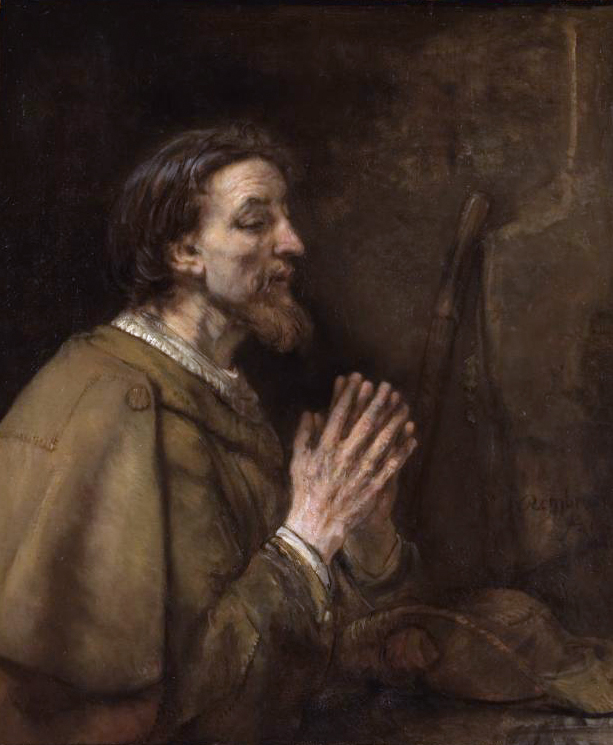
 Re:
Re: 
 We’re now well into
We’re now well into  So anyway, that latter part of this year’s Lenten discipline will be so hard in fact – it will take up so much time – that I haven’t a prayer of doing a new post on it within a reasonable time after my last post. (
So anyway, that latter part of this year’s Lenten discipline will be so hard in fact – it will take up so much time – that I haven’t a prayer of doing a new post on it within a reasonable time after my last post. ( Or as I’ve noted, “If Jesus was a conservative, how come we’re not all Jewish?” See
Or as I’ve noted, “If Jesus was a conservative, how come we’re not all Jewish?” See 
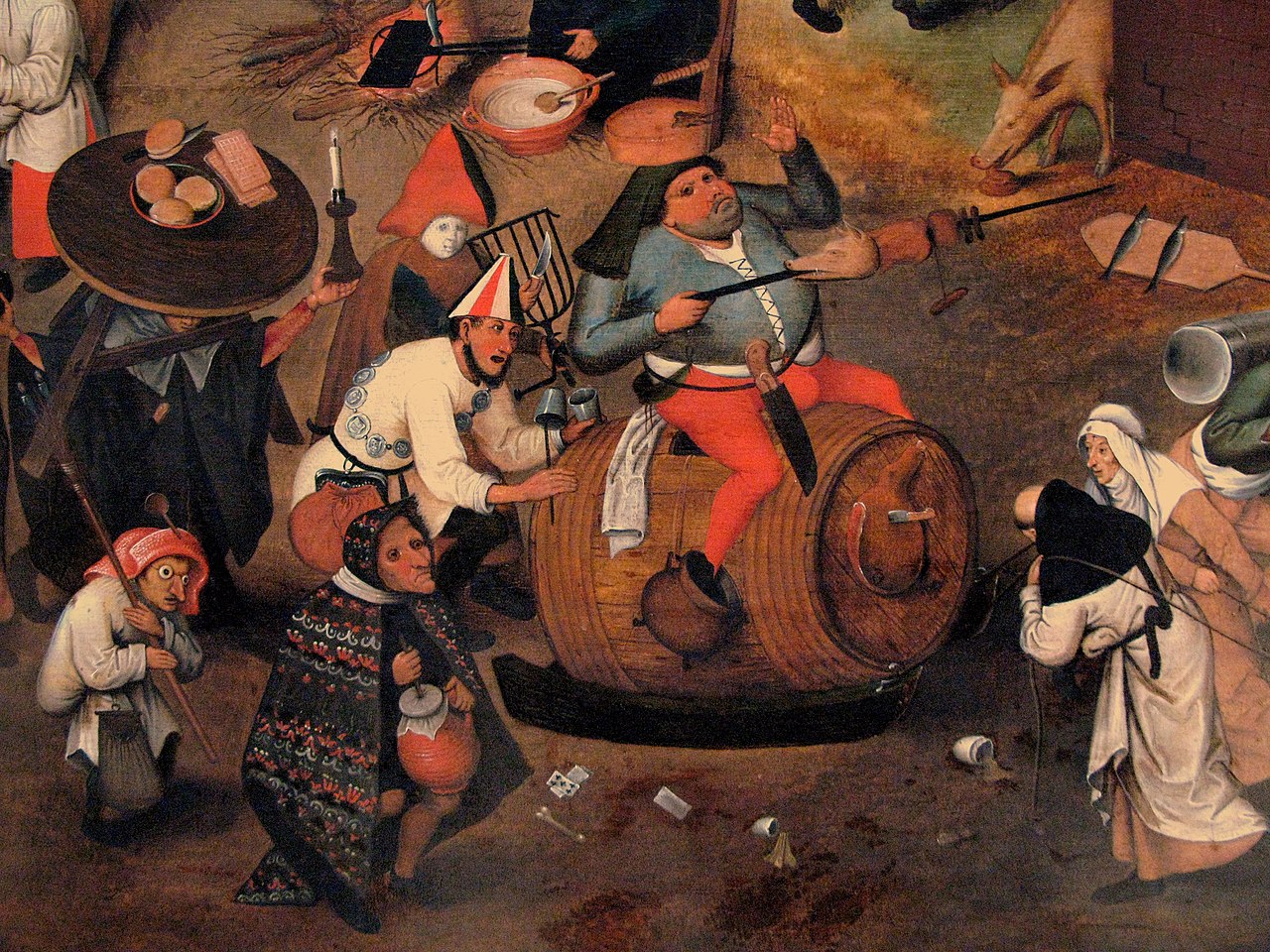 “
“ It is indeed time for Ash Wednesday and Lent, again.
It is indeed time for Ash Wednesday and Lent, again. Now, about that “
Now, about that “
 That didn’t work, so in 1992 I added the discipline of daily Bible reading. (See
That didn’t work, so in 1992 I added the discipline of daily Bible reading. (See  Was Moses the first to say “it’s only weird if it doesn’t work
Was Moses the first to say “it’s only weird if it doesn’t work
 The thing is, this business of “helping your team win” has been around a long, long time. (Longer even than “
The thing is, this business of “helping your team win” has been around a long, long time. (Longer even than “
 The other night I watched
The other night I watched  My theory is that you can’t “prove” the Bible-faith by scientific or
My theory is that you can’t “prove” the Bible-faith by scientific or ![Jesus Christ, Public Defender: and Other Meditations on the Bible, For Baby-boomers, âNonesâ and Other Seekers by [Ford, James B.]](https://images-na.ssl-images-amazon.com/images/I/41fojjkSE%2BL.jpg) That’s a thought from my e-book “Jesus Christ, Public Defender.” Near the end of Chapter 8, I wrote about the early years, when I’d just started daily Bible readings and applying them to my own life. (And in particular to my own “obsession,” college football.)
That’s a thought from my e-book “Jesus Christ, Public Defender.” Near the end of Chapter 8, I wrote about the early years, when I’d just started daily Bible readings and applying them to my own life. (And in particular to my own “obsession,” college football.) But the big question remains: What are you going to do with that gift? Or in Christian terms, “How are you going to help spread
But the big question remains: What are you going to do with that gift? Or in Christian terms, “How are you going to help spread 

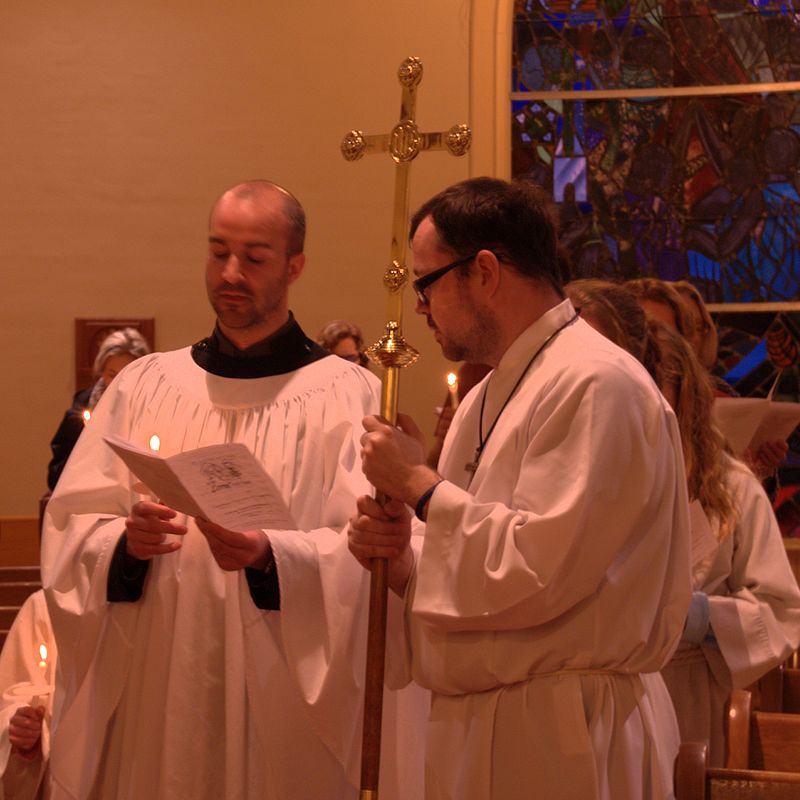 Counting forward from December 25 as Day One, we find that Day Forty is February 2. A Jewish woman is in semi-seclusion for 40 days after giving birth to a son, and accordingly it is on February 2 that we celebrate the coming of Mary and Joseph with the infant Jesus to the Temple at Jerusalem…
Counting forward from December 25 as Day One, we find that Day Forty is February 2. A Jewish woman is in semi-seclusion for 40 days after giving birth to a son, and accordingly it is on February 2 that we celebrate the coming of Mary and Joseph with the infant Jesus to the Temple at Jerusalem…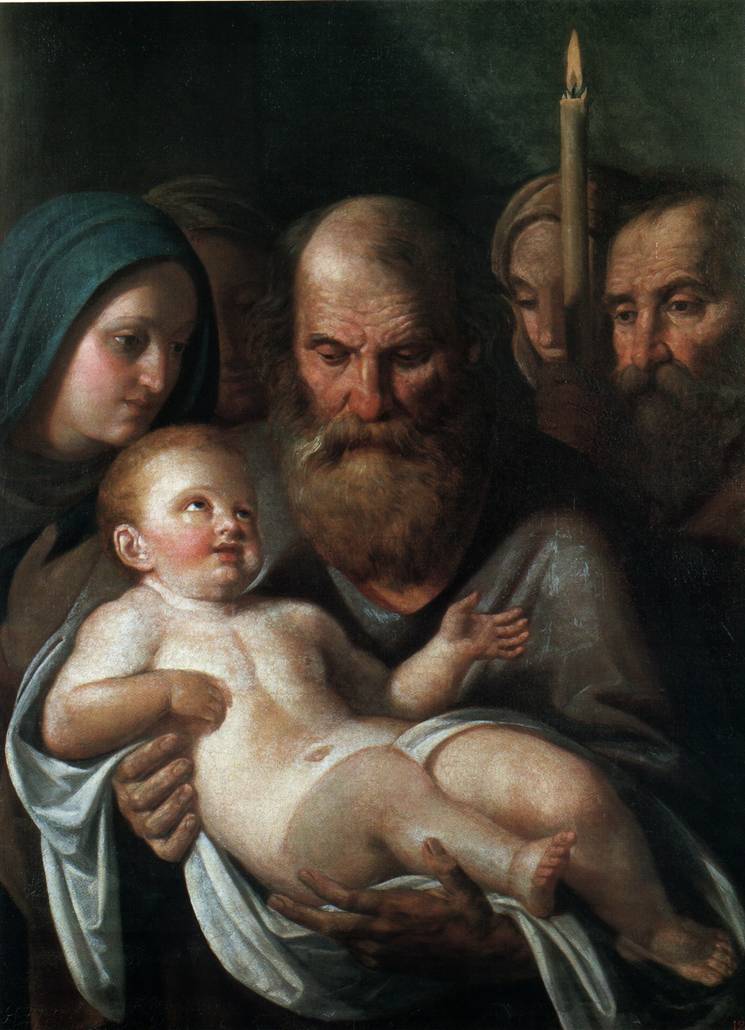 The
The 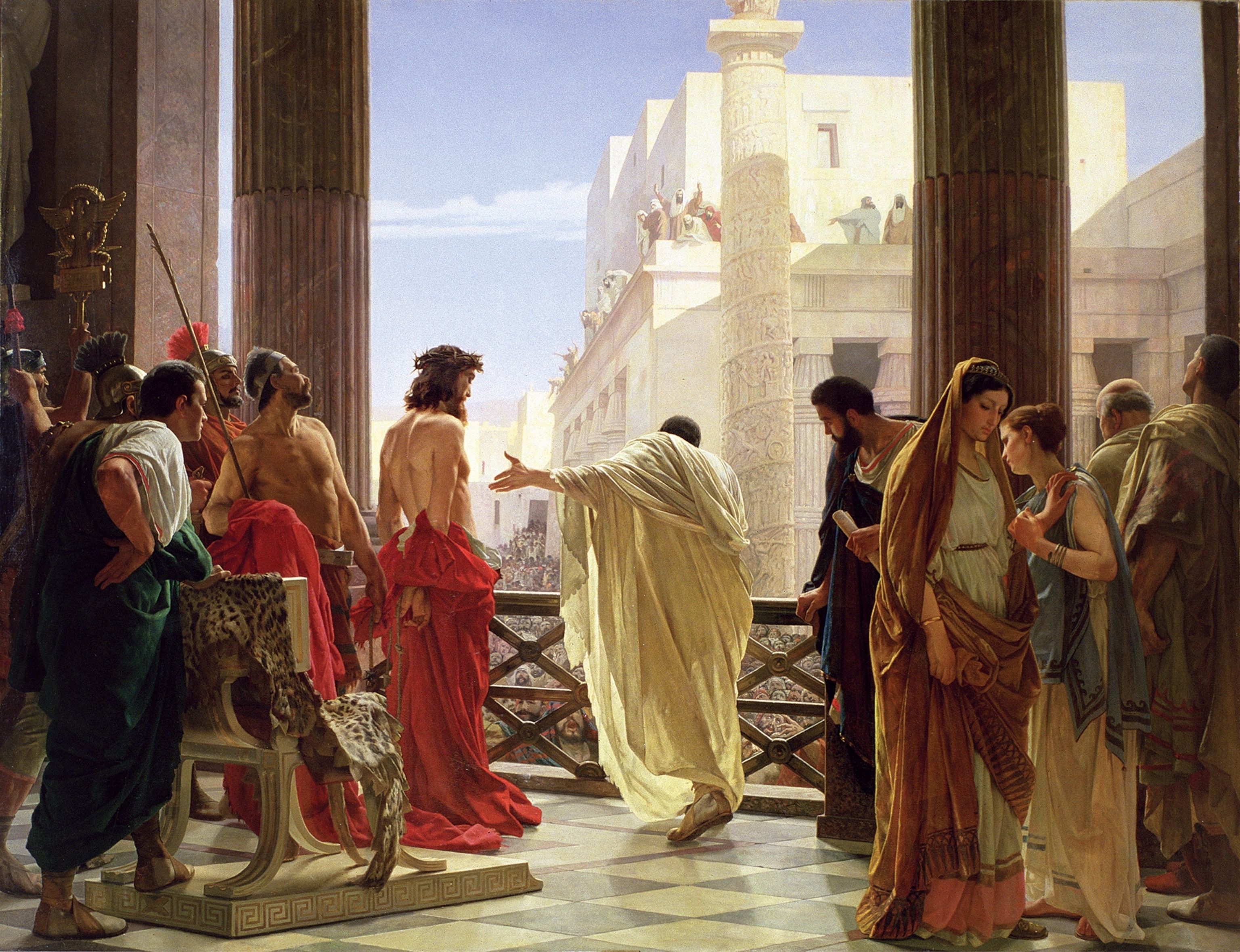

 That all leads to the
That all leads to the 

 That’s one of several points noted by the New York Times’
That’s one of several points noted by the New York Times’ 

 The last post I did was on December 14, 2018. (My excuse is the rush of the holidays.) So here goes: The first post of 2019.
The last post I did was on December 14, 2018. (My excuse is the rush of the holidays.) So here goes: The first post of 2019. And while a literal view of the Three Wise Men story has them getting to the manger-scene just after Jesus was born, the truth seems a bit harder to pin down. Some say they arrived the same winter Jesus was born, while others say they came two winters after his birth. That would explain Herod’s order – noted in
And while a literal view of the Three Wise Men story has them getting to the manger-scene just after Jesus was born, the truth seems a bit harder to pin down. Some say they arrived the same winter Jesus was born, while others say they came two winters after his birth. That would explain Herod’s order – noted in 
 See also
See also 
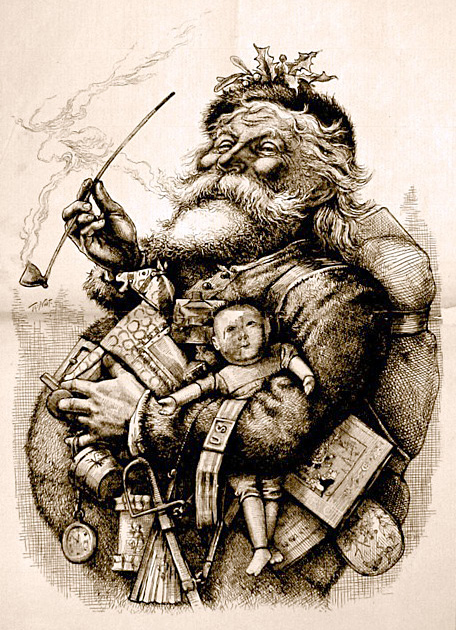 That
That 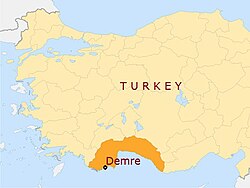 You can see more about this prototype in
You can see more about this prototype in  That brings us to the feast day for the “original
That brings us to the feast day for the “original 